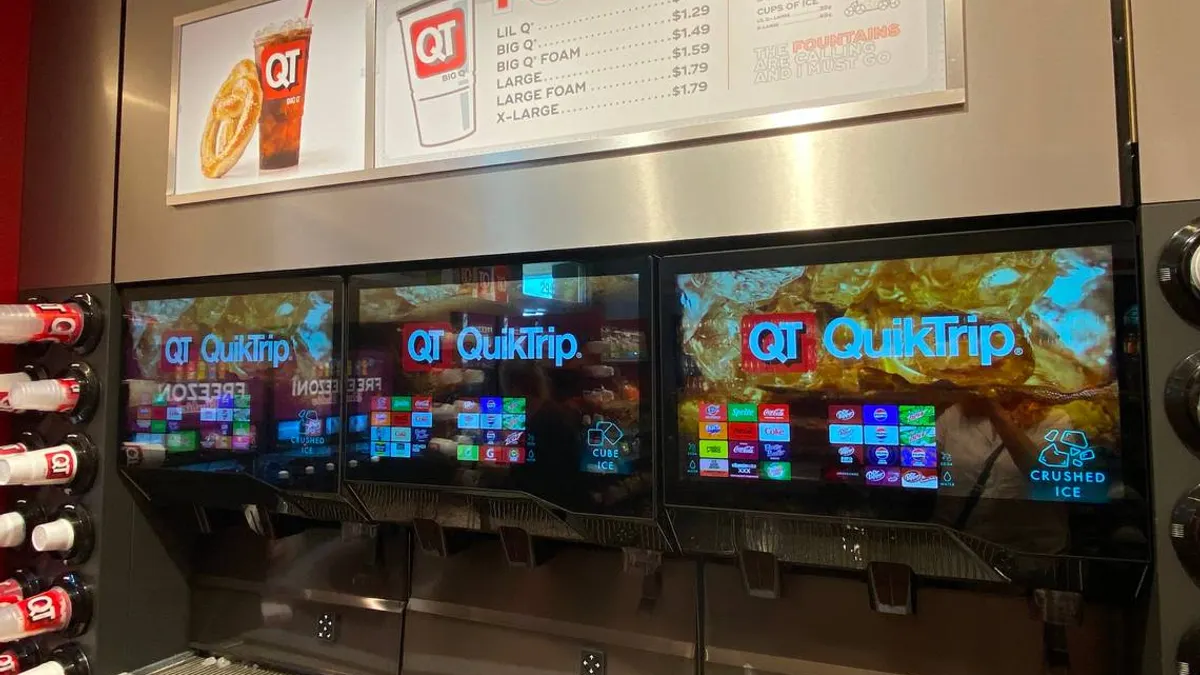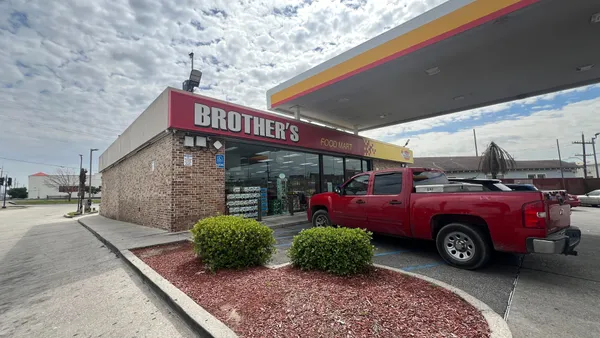Understanding human behavior drives our work at The Hershey Company. That’s why we devised our Gold Standard Merchandising Principles, aka the Gold Standard Planogram, nearly 14 years ago: to drive sales for the entire category and increase profits for retailers in food, mass and convenience channels. By helping shoppers quickly locate their favorite candy, mint and gum, we aim to enhance the overall shopping experience. After all, 67% of these purchases come from the primary aisle, so placement truly matters.
In the years leading up to 2023, we saw more convenience store owners take their shelf designs into their own hands. They had seen some significant changes, including a decrease in candy and mint sales in the earlier days of the pandemic and were experimenting with rearranging their candy aisles accordingly. Convenience store owners were also asking our sales team questions about what changes they could make to boost sales. For example, should they remove standard-size bars from the shelves since many shoppers prefer king size?
When engaging with our retail partners, our first step involves collaboration around retailer goals, current performance and market dynamics. This includes an analysis of the category space and offering insights to pinpoint the optimal area for each segment. The approach enables us to make in-depth recommendations to bolster category performance.
To give them data-driven answers, we decided to put our Gold Standard principles to the test. After all the changes we’ve endured in recent years with COVID-19 and the shift to remote work and inflation, it felt important to ask some probing questions. Did these new dynamics call for new approaches to merchandising?
We created about a dozen different virtual reality concepts reflecting a mix of pricing and placement strategies, and consumers evaluated those designs alongside our longstanding planogram. Then, we moved to in-market testing to determine whether the preferred solutions were also the most effective in real life. Ultimately, we found that despite changing times and preferences, our Gold Standard Merchandising Principles remain the most productive solutions.
In fact, we learned that when retailers implemented these principles, they delivered more than $287 million in incremental growth to the category at 18-plus retailers in the U.S. and Canada. We saw an average 19% dollar increase and a 5.2% unit increase year over year for the candy, mint and gum category.
Along the way, we also answered some of the questions retailers had asked. For example, we learned that having a mix of king and standard-size bars is indeed important because it offers shoppers choice and value. While many people looking for a snack might want a king-size bar, others are looking for a smaller, sweet treat to pair with a chicken sandwich or other convenience-store foodservice meal.
So today, we’re reaffirming that our Gold Standard Merchandising Principles remain the gold standard, and we’re honored that others agree: Convenience Store News named Hershey “Category Captain” for 2024 for the company’s category management strategy.

Most people who have shopped in the aisle for candy, mint and gum are probably already familiar with these principles, even if they don’t know the full story and strategy behind the designs: gum and mints are on the top shelf, followed below by a section of king-sized candy bars and a section of standard bars, with the top-selling bars (both king and standard) placed in the “Gold Standard,” the area on shelves that most often draws a shopper's attention. Non-chocolate items sit to the side of the standard bars. The reason is this: it works. This layout allows consumers to find what they want quickly and easily. It gives them consistency and predictability. That efficiency gives shoppers extra time to browse the store for additional treats. Retailers reap the benefits in their sales, giving them the added revenue to invest in their strategic initiatives.
You may have noticed that I haven’t called out any Hershey brands in talking about the planogram. This is because we’re brand agnostic regarding these merchandising principles. Our role is to help the retailer optimize the performance of each segment and drive sales for the entire category. Along the way, we know that our brands—many of which are the top-selling brands in convenience stores and all retail formats—will be easy for shoppers to find, allowing for more moments of goodness for new customers and devoted fans.
Want to learn more about our Gold Standard Merchandising Principles and how these designs could impact your store? We regularly meet with customers at our Global Customer Insights Center (GCIC) in Hershey, Pennsylvania, and our Mobile Customer Insights Center (MCIC), which travels nationwide. Learn more here.










